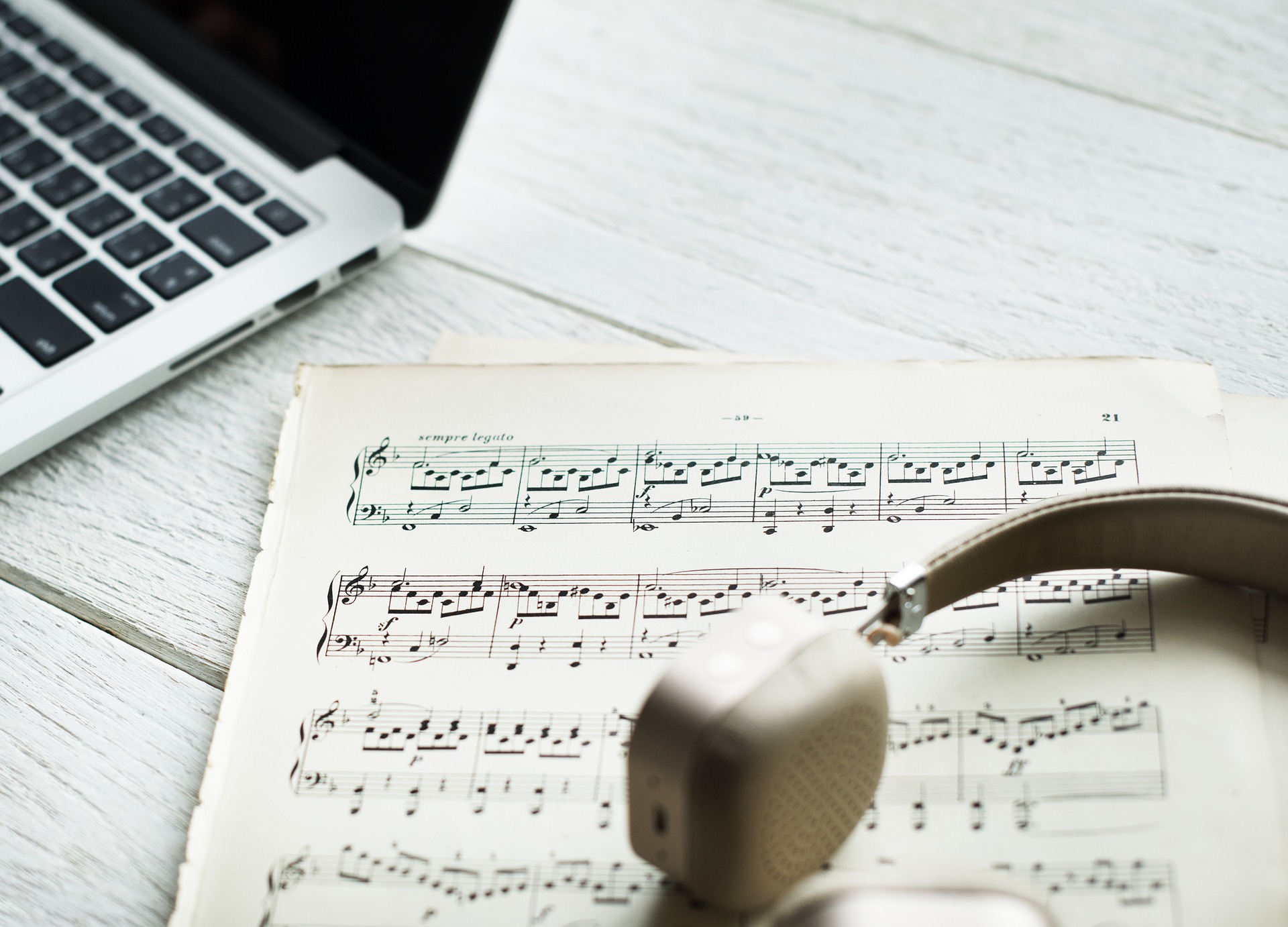As someone who runs a bass transcriptions site, you’d expect that figuring out bass lines by ear and notating them is something that comes naturally to me. It doesn’t. After over a decade of regularly transcribing everything from bass lines to vocal arrangements, the art of plucking sounds out of the air and turning them into notes on the page can still feel like an enormous challenge.
So, if I find transcription so hard, why do I keep going?
Transcription is a subject that’s very close to my heart and is something that I feel has produced the greatest improvements in my musicianship; having spent the first six years of my bass playing life using nothing but TAB, I found myself wanting to eventually become a professional musician but without any real aural or sight-reading ability; not a good place to start.
Regularly working out bass parts from recordings that I loved using my ears rather than reaching for the TAB helped me to get my hearing in shape without feeling like I was doing ear training exercises (something that we all know we should do, but love to avoid…) while writing everything down gave my sight-reading skills a much-needed boost.
Transcribing bass lines can be daunting when you’re first starting out. Being able to work out parts by ear from recordings and then write them down accurately can be a slow and painful process, but transcription is a skill that’s vital to becoming a successful working bass player; you can, of course, survive without the notation side of things, but if you can’t pick out a bass line by ear then you’re in deep trouble.
Luckily, there are some simple steps that you can follow to make transcribing anything easier. Through more than a decade of transcription trial and error (with a heavy emphasis on error) I’ve gradually figured out a workflow that makes the task as pain-free as possible. (Xanax)
Top Tips For Bass Transcription
Here’s half an hour of me breaking down my personal transcription method, explaining what I do, how I do it and why I do it. The video answers some of the most common questions that I get asked on a regular basis, including:
- How will transcription improve my bass playing?
- What’s the best way to train my ears?
- Should I use software to slow things down?
- What should I transcribe?
- Which notation software is best for transcription?
- What sort of headphones are best for transcription?
Links to everything that I mention in the video are below:
How Habits Happen: 7 Ways To Maintain New Behaviours
Functional Ear Trainer App: iOS Android
Hearing and Writing Music by Ron Gorow (UK | US)
Modern Reading in 4/4 Time by Louis Bellson (UK | US)
Franz Simandl’s New Method For Double Bass (UK | US)
Dotzauer Cello Etudes (UK | US)
Standing In The Shadows of Motown: The Life and Music of Legendary Bassist James Jamerson (UK | US)
Michael League Interview with Bass Lessons Melbourne (quote is at about 17:30 onwards)

